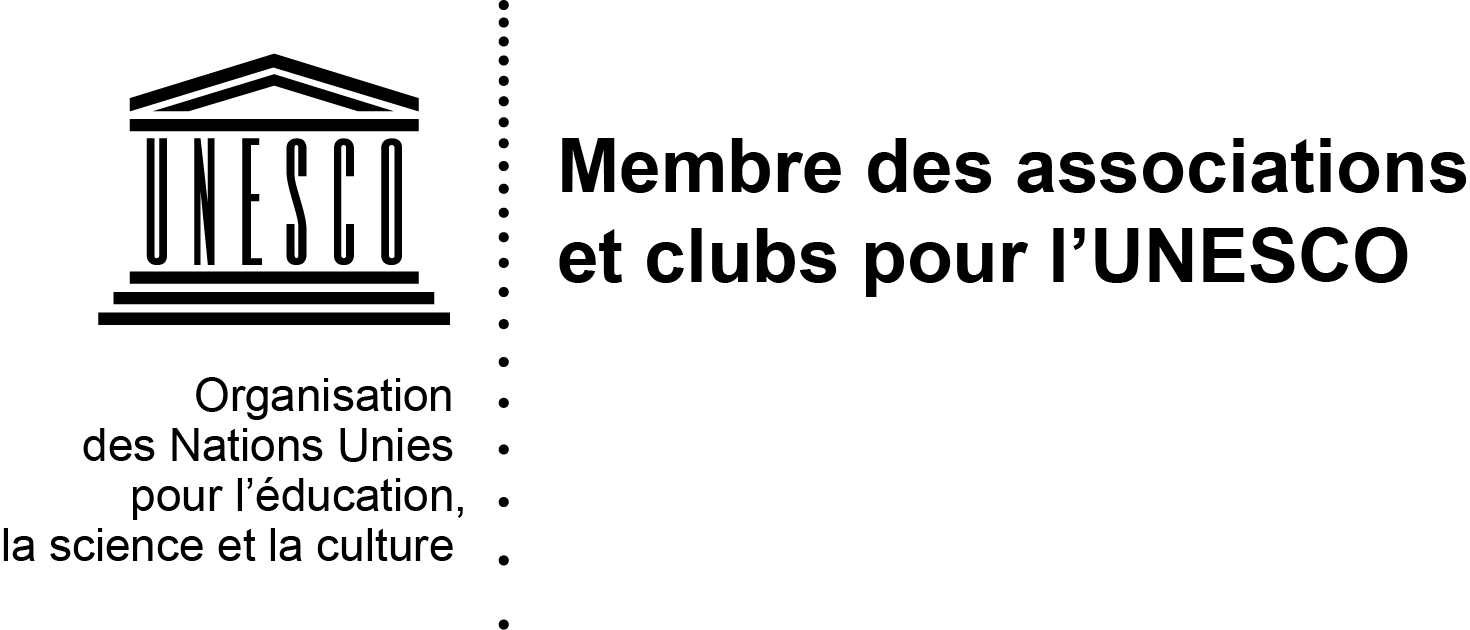05/10/2020 by Servane Hardouin
The murals represented various objects and landscapes seen by the pilgrim on his way to the sacred city; more precisely, they either evoked the pilgrimage directly, or they set its cultural and natural background
An interesting feature of Egyptian culture is the hajj murals, colourful paintings decorating the walls of many houses and evoking the hajj, the pilgrimage to Mecca. Hajj murals are practiced by Muslims living south and east of the Mediterranean, in Libya, Syria, and Palestine; but the heartland of this artistic tradition is Egypt, especially the Fayum, rural parts of Cairo and Suez, and Upper Egypt. In Luxor, the now-destroyed village of Qurna had the largest concentration of artistically important murals in all of Egypt – due to important tourism resources, allowing merchants to pay for the pilgrimage, and to the presence of talented local artists.
Hajj murals were painted when the house owner accomplished the pilgrimage to Mecca. The murals represented various objects and landscapes seen by the pilgrim on his way to the sacred city; more precisely, they either evoked the pilgrimage directly, or they set its cultural and natural background. Important were motifs of holy places, commonly the Kaba, the Mecca mosque, the tomb of prophet Muhammad in Medine, as well as Islamic motifs such as new moons, the pilgrim wearing the ritual ihram cloth, and palms in prayer towards the sky. Also depicted were modes of transportation used by pilgrims to Mecca – in Upper Egypt, camels were replaced by boats and planes, while murals in Cairo include trains.
Hajj paintings also included scenes the pilgrim’s local culture. In Upper Egypt, common motifs were musicians, dancers, soldiers, horsemen, daily life scenes, and figures from Pharaonic Egypt. In Qurna specifically, the pilgrim’s rural environment was depicted, with women bearing baskets, men playing reed flute or cutting wheat with a sickle, and alabaster craftsmen, and natural elements, palm trees, acacias, birds, and camels. Murals also figured abstract motifs, such as arabesques, talismanic figures, and handprints.
Murals were a strong collective identity marker: in Qurna, the dozens of painted mud-brick walls helped people feel the reality of the place, and connect to it visually, religiously, and socially; they were an essential element of the village’s unique identity.
European travellers described these Upper Egyptian murals since the 18th century as bizarre “oriental” curiosities. They often performed aesthetic judgments without concern for understanding the murals or obtaining local understandings of them. Yet, this artistic practice was also socially significant. Creating a mural was a collective enterprise: while the pilgrim was in Mecca, the community participated in the selection of the artist and motifs to depict. When coming back, a procession led the pilgrim to their house, where they discovered the murals and celebrated with the community.

Because of the baraka, the blessing brought back from Mecca, the pilgrims received new respect from the community, indicated by a new name, hajja for women, hajj for men. The murals served the communal purpose of marking the landscape, indicating that that particular house diffused baraka and that a special respect was due to its owner. More globally, murals were a strong collective identity marker: in Qurna, the dozens of painted mud-brick walls helped people feel the reality of the place, and connect to it visually, religiously, and socially; they were an essential element of the village’s unique identity.
The destruction of the village of Qurna, just about ten years ago, thus represented a huge loss for that cultural tradition within Egyptian heritage.



6 comments
Great post and straight to the point. I don’t know if this is in fact the best
place to ask but do you guys have any thoughts on where to get some professional writers?
Thanks 🙂 Najlepsze escape roomy
Very interesting details you have noted, regards for putting up.!
I don’t think the title of your article matches the content lol. Just kidding, mainly because I had some doubts after reading the article.
Your point of view caught my eye and was very interesting. Thanks. I have a question for you.
I like this web site it’s a master piece! Glad I found this on google.
Euro travel guide
Monitor Closely 2 irbesartan increases and furosemide decreases serum potassium best site to buy priligy canada
Comments are closed.